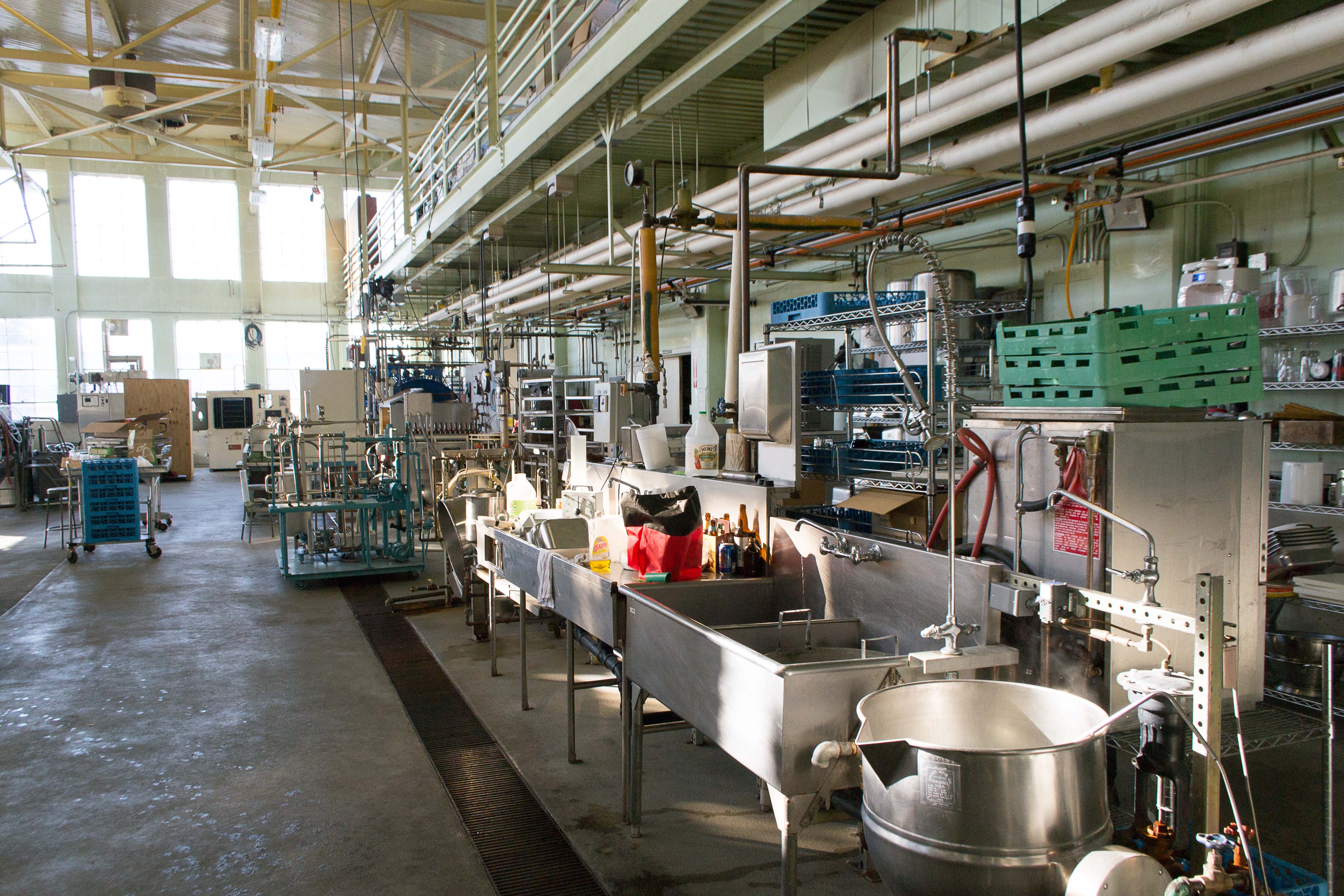
Genotyping of Toxoplasma gondii isolated from pigs for human consumption
Sign Up to like & getrecommendations! Published in 2019 at "Parasitology Research"
DOI: 10.1007/s00436-019-06274-1
Abstract: The present study aimed to isolate and genotype strains of T. gondii from pigs slaughtered for human consumption in South Brazil. Blood and tissues (heart, diaphragm, liver, tongue, and masseter) from 400 animals were collected… read more here.
Keywords: gondii isolated; genotyping toxoplasma; toxoplasma gondii; human consumption ... See more keywords

Quantifying Biodiversity Losses Due to Human Consumption: A Global-Scale Footprint Analysis.
Sign Up to like & getrecommendations! Published in 2017 at "Environmental science & technology"
DOI: 10.1021/acs.est.6b05296
Abstract: It is increasingly recognized that human consumption leads to considerable losses of biodiversity. This study is the first to systematically quantify these losses in relation to land use and greenhouse gas (GHG) emissions associated with… read more here.
Keywords: biodiversity; footprint; biodiversity losses; consumption ... See more keywords

Human consumption of insects
Sign Up to like & getrecommendations! Published in 2023 at "Science"
DOI: 10.1126/science.abp8819
Abstract: Description Farming edible insects can help improve food security and boost developing economies Food insecurity may emerge from climate change, extreme weather events such as prolonged droughts and floods, ongoing global supply chain problems, and… read more here.
Keywords: food; insects; consumption insects; human consumption ... See more keywords

Microbiome characterization of alpine water springs for human consumption reveals site- and usage-specific microbial signatures
Sign Up to like & getrecommendations! Published in 2022 at "Frontiers in Microbiology"
DOI: 10.3389/fmicb.2022.946460
Abstract: The microbiome of water springs is gaining increasing interest, especially in water intended for human consumption. However, the knowledge about large-scale patterns in water springs microbiome is still incomplete. The presence of bacteria in water… read more here.
Keywords: usage; water; water springs; human consumption ... See more keywords

Detection, Distribution and Health Risk Assessment of Toxic Heavy Metals/Metalloids, Arsenic, Cadmium, and Lead in Goat Carcasses Processed for Human Consumption in South-Eastern Nigeria
Sign Up to like & getrecommendations! Published in 2021 at "Foods"
DOI: 10.3390/foods10040798
Abstract: Notwithstanding the increased toxic heavy metals/metalloids (THMs) accumulation in (edible) organs owed to goat′s feeding habit and anthropogenic activities, the chevon remains increasingly relished as a special delicacy in Nigeria. Specific to the South-Eastern region,… read more here.
Keywords: carcasses processed; goat carcasses; south eastern; goat ... See more keywords

Comparison of Commercial Fish Proteins’ Chemical and Sensory Properties for Human Consumption
Sign Up to like & getrecommendations! Published in 2023 at "Foods"
DOI: 10.3390/foods12050966
Abstract: To stop overfishing and meet the protein needs of a growing population, more information is needed on how to use marine by-catches, by-products, and undervalued fish species for human consumption. Turning them into protein powder… read more here.
Keywords: fish proteins; chemical sensory; commercial fish; human consumption ... See more keywords

Anthocyanin-Rich Vegetables for Human Consumption—Focus on Potato, Sweetpotato and Tomato
Sign Up to like & getrecommendations! Published in 2022 at "International Journal of Molecular Sciences"
DOI: 10.3390/ijms23052634
Abstract: Malnutrition, unhealthy diets, and lifestyle changes have become major risk factors for non-communicable diseases while adversely impacting economic growth and sustainable development. Anthocyanins, a group of flavonoids that are rich in fruits and vegetables, contribute… read more here.
Keywords: development; human consumption; potato; anthocyanin ... See more keywords

Towards Therapeutic Alternatives for Mercury Neurotoxicity in the Amazon: Unraveling the Pre-Clinical Effects of the Superfruit Açaí (Euterpe oleracea, Mart.) as Juice for Human Consumption
Sign Up to like & getrecommendations! Published in 2019 at "Nutrients"
DOI: 10.3390/nu11112585
Abstract: Methylmercury (MeHg) exposure is a serious problem of public health, especially in the Amazon. Exposure in riverine populations is responsible for neurobehavioral abnormalities. It was hypothesized that consumption of Amazonian fruits could protect by reducing… read more here.
Keywords: mehg; euterpe oleracea; therapeutic alternatives; towards therapeutic ... See more keywords

Selenium Biofortification Enhanced Grain Yield and Alleviated the Risk of Arsenic and Cadmium Toxicity in Rice for Human Consumption
Sign Up to like & getrecommendations! Published in 2023 at "Toxics"
DOI: 10.3390/toxics11040362
Abstract: Arsenic (As) and Cadmium (Cd) are toxic to rice plants. However, selenium (Se) has the potential to regulate As and Cd toxicity. The present study aimed to evaluate the co-exposure to As5+ and Se6+ species… read more here.
Keywords: toxicity rice; arsenic cadmium; toxicity; human consumption ... See more keywords

Aflatoxin Binders in Foods for Human Consumption—Can This be Promoted Safely and Ethically?
Sign Up to like & getrecommendations! Published in 2019 at "Toxins"
DOI: 10.3390/toxins11070410
Abstract: Aflatoxins continue to be a food safety problem globally, especially in developing regions. A significant amount of effort and resources have been invested in an attempt to control aflatoxins. However, these efforts have not substantially… read more here.
Keywords: consumption promoted; aflatoxin binders; foods human; promoted safely ... See more keywords

Quality assessment of Zeus faber (Peter’s fish) ovaries regularly commercialized for human consumption
Sign Up to like & getrecommendations! Published in 2018 at "Italian Journal of Food Safety"
DOI: 10.4081/ijfs.2018.6997
Abstract: In the last few years, the consumption of fish eggs has increased rapidly, finding widespread use also in mass catering. This increase has involved also those of the Peter’s fish (Zeus faber). Females of this… read more here.
Keywords: human consumption; peter fish; log cfu; zeus faber ... See more keywords